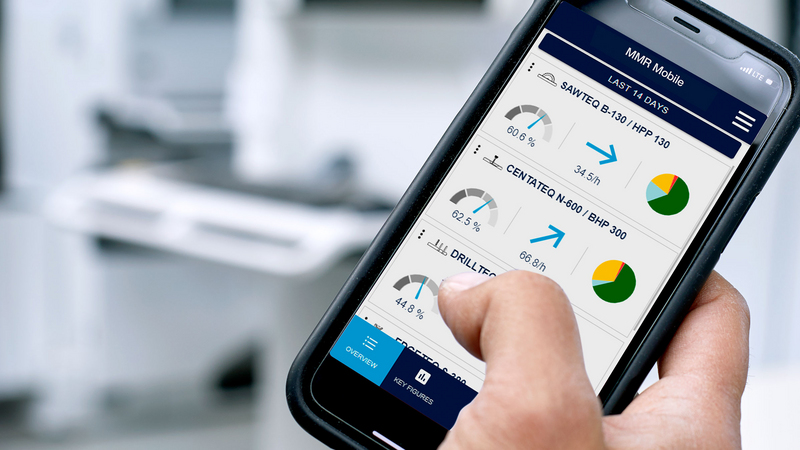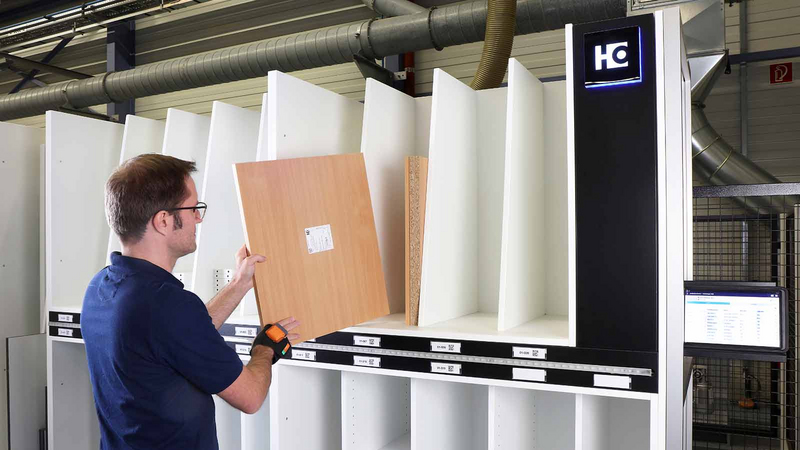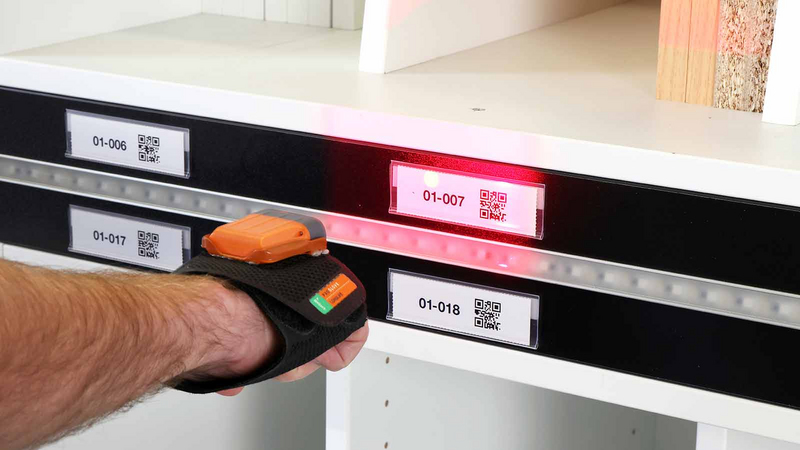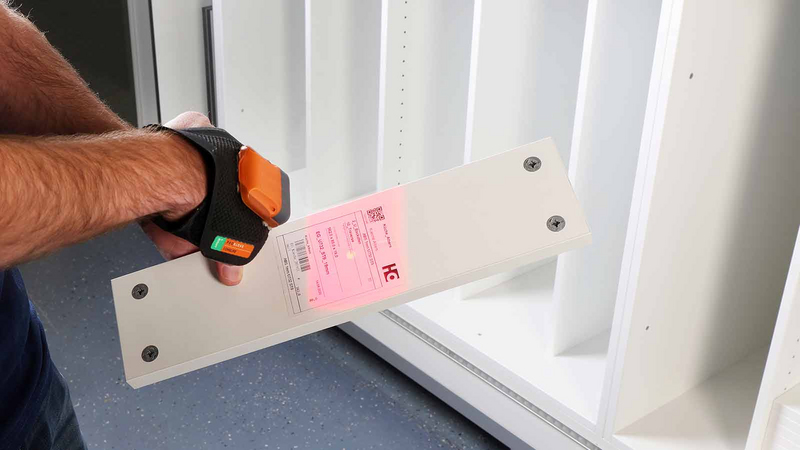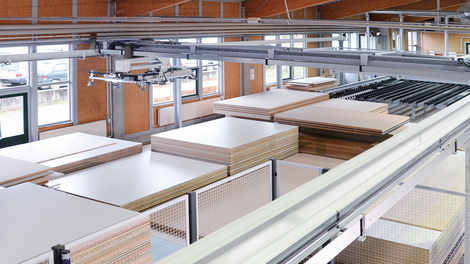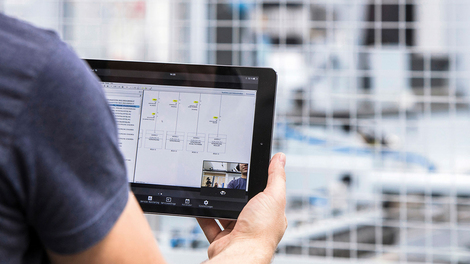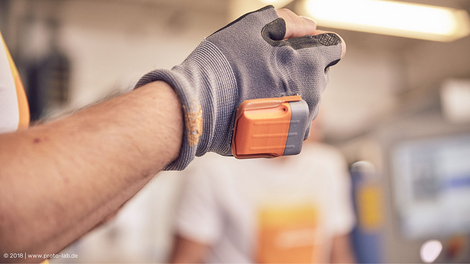A closer look: Boosting efficiency through digital solutions
HOMAG, with its suite of management software applications and digital tools that debuted in Asia in 2021, aims to partner with its manufacturing customers in adopting the Industry 4.0 model. Two customers have integrated HOMAG’s tools into their workflow to optimise and streamline factory processes.
MMR Mobile
The MMR Mobile application provides manufacturers with an overview of their machinery’s performance without being physically present at the factory. Using a smartphone or tablet, users can remotely view key performance metrics such as the main utilisation level, parts performance, as well as the condition of the machines. Hoso Sangyo is a Japanese manufacturer of wooden interior products such as cabinets, tabletops, kitchens and wardrobes. Before their trial of MMR Mobile, the operating rate of their factory could only be evaluated based on estimations and intuition. According to Hoso’s president Ryuji Oda, having reliable data on the machinery operation rates has been useful in increasing overall production efficiency.
With its factory operating in Vietnam, Hoso’s ability to have a detailed remote overview of their machine operations proved essential especially during the COVID-19 pandemic, when border restrictions made travel between Japan and Vietnam impossible. With MMR Mobile, Oda has been able to check the performance of the machinery from anywhere in the world, at any time.
With clearly arranged graphics and a user-friendly interface, the MMR Mobile application was easy to use and the team at Hoso required little to no training. As Oda commented: “Once the HOMAG Vietnam team connected the machinery to tapio – the cloud system hosting the application – I could see all the real-time data on my phone right away.”
MMR Mobile can be connected to “tapio-ready” HOMAG machinery with a powerControl V2 control system. The tapio cloud system serves as the digital backbone of HOMAG’s digital platforms and tools. As an open digital ecosystem that powers the woodworking industry, tapio can connect machinery and applications across different manufacturers and brands.
Besides providing an overview of the machines in operation, MMR Mobile also allows users to select different evaluation periods for the identification of performance trends and potential areas of improvement, to continually maximise machine capabilities. This, according to Oda, provides Hoso with a competitive advantage.
“The operating status of the equipment can be tracked clearly on an hourly, two-week, three-month or yearly basis,” said Oda. “From a sales point of view, this data will be an indicator of capital investment, and a weapon for the company’s growth.”
Sorting Production Set
HOMAG’s sorting assistant, the Sorting Production Set, aims to help manufacturers reduce the time-consuming process of searching for the right parts for assembly, packaging or further processing. Using a barcode-scanning system, the Sorting Production Set can automatically sort workshop components into respective racks and compartments and, via a tablet, provide operators with an overview of the components needed for each order.
At Simfur Design, an end-to-end woodworking solution provider based in Malaysia, the digitalisation of this process benefitted their factory operations in multiple ways. Previously, the sorting of parts was done manually on the floor by workers. This not only utilised a significant amount of floor space of their 1,500sqm factory and made it difficult for workers to identify missing parts, but it also increased the chance of damage to panels due to excessive handling. Especially when multiple batch-size-one orders run concurrently, their workers found it difficult to keep track of all the parts and tell each order apart.
By integrating the Sorting Production Set into their workflow, they achieved a smart, standardised sorting method that minimised prolonged assembly time and any delayed fulfilment of orders.
“A sorting task that used to take two workers an hour to complete now takes one worker just 20 minutes, as less time is needed to find missing parts and match the correct batch-size-one parts,” said Jason Sim, project and factory manager at Simfur. “The Sorting Production Set also completely removes the chance of human error in the workflow, as workers now sort the parts based on a barcode scan instead of manually reading the barcodes and figuring out which panel belongs to which compartment.”
The digital assistant and digital job folder Production Manager were connected to Simfur’s existing HOMAG iX 3D design and production software and were fully operational by the workers within a week.
Upon implementation, workers had an overview of ongoing orders, the bill of materials of each order, the sorting progress, as well as where each component had been sorted to at all times.
“The Sorting Production Set is an extension of HOMAG iX’s integration in our production, and provides our assembly team with the additional help to perform their job accurately and efficiently,” concluded Sim.
Levering Technology For Growth
Amid this era of digital transformation, the combination of engineering expertise, service and software will be key to accelerating how data is harnessed to make the manufacturing process faster and more reliable than before.
The digitalisation of manufacturing processes and the application of the Internet of Things (IoT) can translate to better operational stability, the ability to scale and adapt to industry demands, as well as ensure consistent product quality. By positioning themselves to take advantage of the latest developments and leveraging the expertise of technology partners with integrated solutions, woodworking companies will be able to reap various benefits and open up new growth opportunities.


